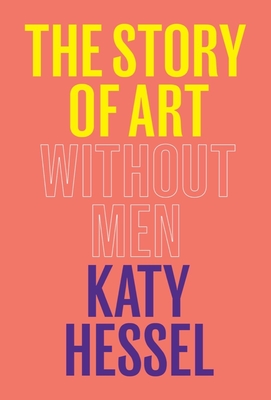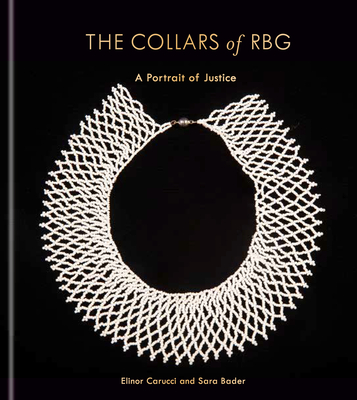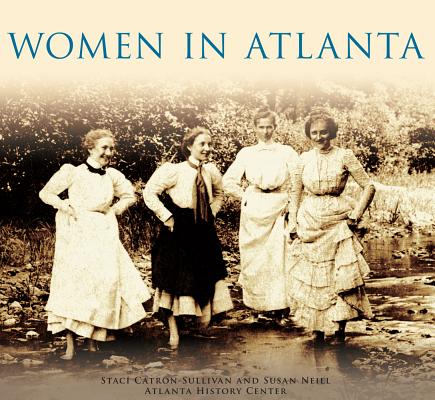
Rediscovering the Ancient World on the Bay of Naples, 1710-1890 (Studies in the History of Art Series #79)
Description
The ancient Roman cities of Pompeii and Herculaneum, buried by the eruption of Mount Vesuvius in 79 C.E., drew international attention when excavations commenced in the 1730s. As a result, the nearby city of Naples became a nexus of scholarship, cultural diplomacy, and tourism. This fascinating book examines responses to the excavations by 18th- and 19th-century monarchs, statesmen, scholars, and archaeologists, as well as by artists, architects, designers, writers, and tourists.
Essays by leading art historians and archaeologists chronicle the exploitation of the sites through excavation, publication, and museum display, and discuss the wider influence of the recovered objects and architectural remains on art and design in Italy, France, Germany, and Britain. Unlike other publications that focus on the archaeological artifacts and their documentation, this extensively illustrated book presents the discoveries from the standpoint of how they were understood at the time.
Published by the National Gallery of Art, Center for Advanced Study in the Visual Arts/Distributed by Yale University Press
Praise for Rediscovering the Ancient World on the Bay of Naples, 1710-1890 (Studies in the History of Art Series #79)
“This handsomely illustrated volume provides a long-awaited modern study of the reception of ancient sites in the Bay of Naples, and it succeeds beyond expectation in the breadth and depth of its scholarship, as well as the contributors’ abilities to constantly surprise and delight the reader with new connections between past and present attitudes towards antiquity.”—David Bellingham, The Art Newspaper
— David Bellingham




